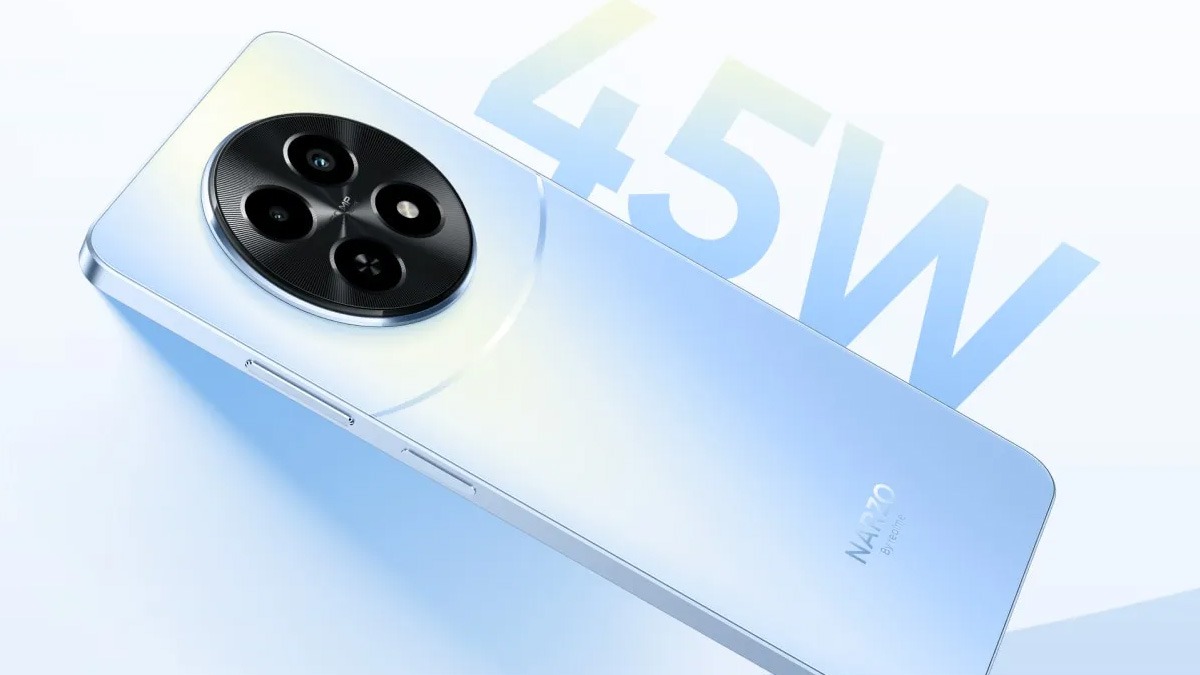Just In
- 6 hrs ago

- 8 hrs ago

- 8 hrs ago

- 9 hrs ago

Don't Miss
- News
 TDP Candidate Dr G Laxmi Pauses Lok Sabha Election Campaign To Perform Caesarean
TDP Candidate Dr G Laxmi Pauses Lok Sabha Election Campaign To Perform Caesarean - Sports
 IPL Points Table 2024 After Today's Match, LSG vs CSK: Check Indian Super League Standings And Results On April 19
IPL Points Table 2024 After Today's Match, LSG vs CSK: Check Indian Super League Standings And Results On April 19 - Education
 Exam Pressure Does Not Exist; Studying Punctually is Crucial; Says Aditi, the PSEB 2024 Topper
Exam Pressure Does Not Exist; Studying Punctually is Crucial; Says Aditi, the PSEB 2024 Topper - Movies
 When Karan Johar Revealed Sara Ali Khan And Janhvi Kapoor Once Dated Siblings On KWK 7, Guess Who?
When Karan Johar Revealed Sara Ali Khan And Janhvi Kapoor Once Dated Siblings On KWK 7, Guess Who? - Finance
 Reliance, ONGC, Tata, Adanis: Energy Stocks Didn't Get The Memo Of Bears, Up 12% In 30-Days; 10 Stocks To BUY
Reliance, ONGC, Tata, Adanis: Energy Stocks Didn't Get The Memo Of Bears, Up 12% In 30-Days; 10 Stocks To BUY - Lifestyle
 Met Gala 2024: Date, Theme, Venue, Guest List, All You Need To Know About The Fashion Event
Met Gala 2024: Date, Theme, Venue, Guest List, All You Need To Know About The Fashion Event - Automobiles
 Suzuki Swift Hatchback Scores 4 Star Safety Rating At JNCAP – ADAS, New Engine & More
Suzuki Swift Hatchback Scores 4 Star Safety Rating At JNCAP – ADAS, New Engine & More - Travel
 Journey From Delhi To Ooty: Top Transport Options And Attractions
Journey From Delhi To Ooty: Top Transport Options And Attractions
Now Smartphone Microscope Can Detect Skin Cancer
In settings where traditional microscope is not available, smartphones can be used as microscopes to detect skin cancer with a reasonable accuracy, new research has found.

"Doctors in some remote areas don't have access to the high-powered microscopes we use to evaluate skin samples," said study lead author Richard Jahan-Tigh, assistant professor at The University of Texas Health Science Centre at Houston (UTHealth), US.
SEE ALSO: Follow These 5 Simple Steps to Get Your Hands On Xiaomi Redmi Note 3
"Doctors there could conceivably use their smartphones to photograph growths and forward them for examination," Jahan-Tigh noted. When it comes to the diagnosis of cancer, smartphone microscopes are reasonably accurate, showed the findings published in the journal Archives of Pathology & Laboratory Medicine.
Between two and three million non-melanoma skin cancers and 132,000 melanoma skin cancers occur globally each year, the study pointed out. A smartphone microscope can be made with a three mm ball lens, a tiny piece of plastic to hold the ball lens over the smartphone lens and tape to grip everything in place.
A ball lens costs about $14 (Rs. 943) at an electronics store and is typically used for laser optics. Here is how a smartphone microscope works. A doctor or technician holds a smartphone microscope over a skin sample that has been placed on a slide and waits for the sample to come into focus.

The doctor then either reads the sample if he or she is a pathologist, or takes a photo and emails it to a pathologist for interpretation. For the study, the researchers examined 1,021 slides of specimens.
"We did a head-to-head comparison with a traditional light microscope and while the smartphone microscope wasn't as accurate it resulted in the detection of about 90 percent of the non-melanoma skin cancers," Jahan-Tigh said.
SEE ALSO: Xiaomi Redmi Note 3 vs OnePlus 2: 5 similarities and 5 differences!
"With the smartphone microscope, the detection rate for melanomas was 60 percent," Jahan-Tigh pointed out. "This is a good first step to show that smartphone microscopy has a future in dermatology and pathology," Jahan-Tigh said.
Source IANS
-
99,999
-
1,29,999
-
69,999
-
41,999
-
64,999
-
99,999
-
29,999
-
63,999
-
39,999
-
1,56,900
-
79,900
-
1,39,900
-
1,29,900
-
65,900
-
1,56,900
-
1,30,990
-
76,990
-
16,499
-
30,700
-
12,999
-
62,425
-
1,15,909
-
93,635
-
75,804
-
9,999
-
11,999
-
3,999
-
2,500
-
3,599
-
8,893












































